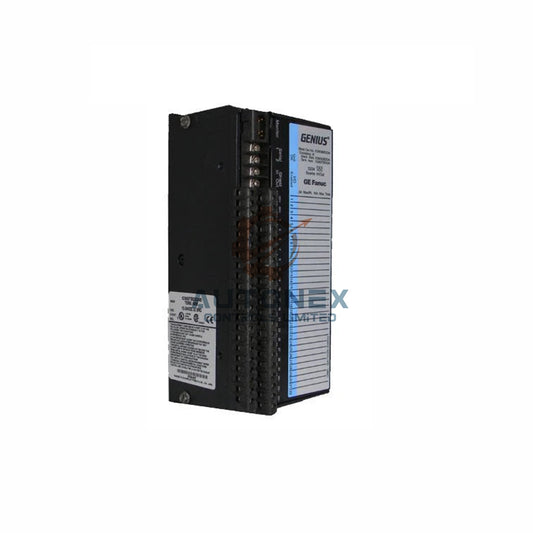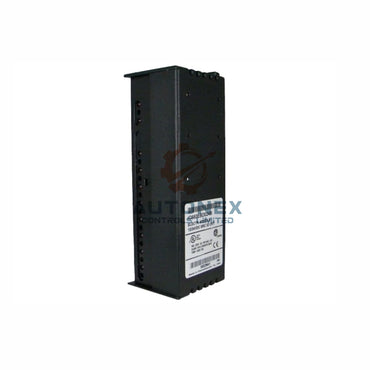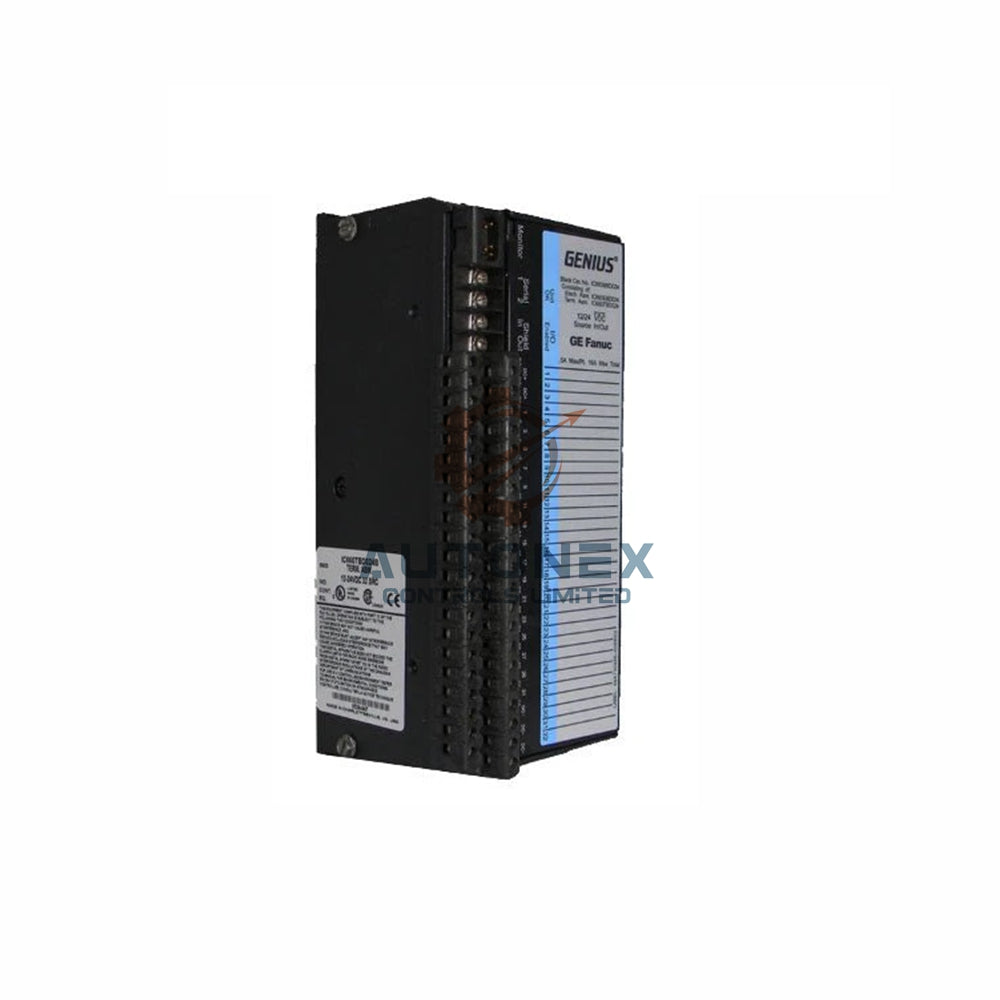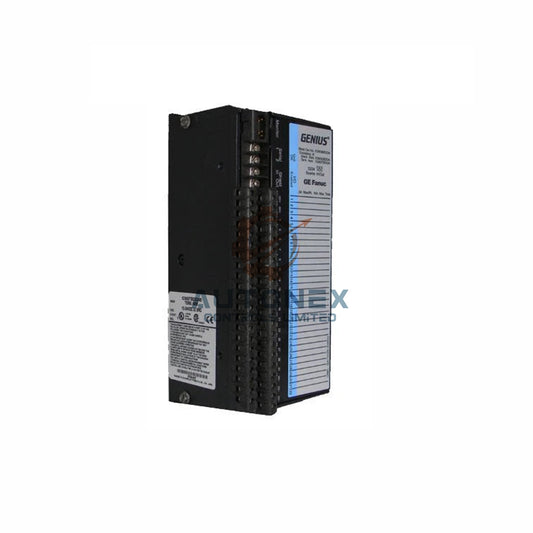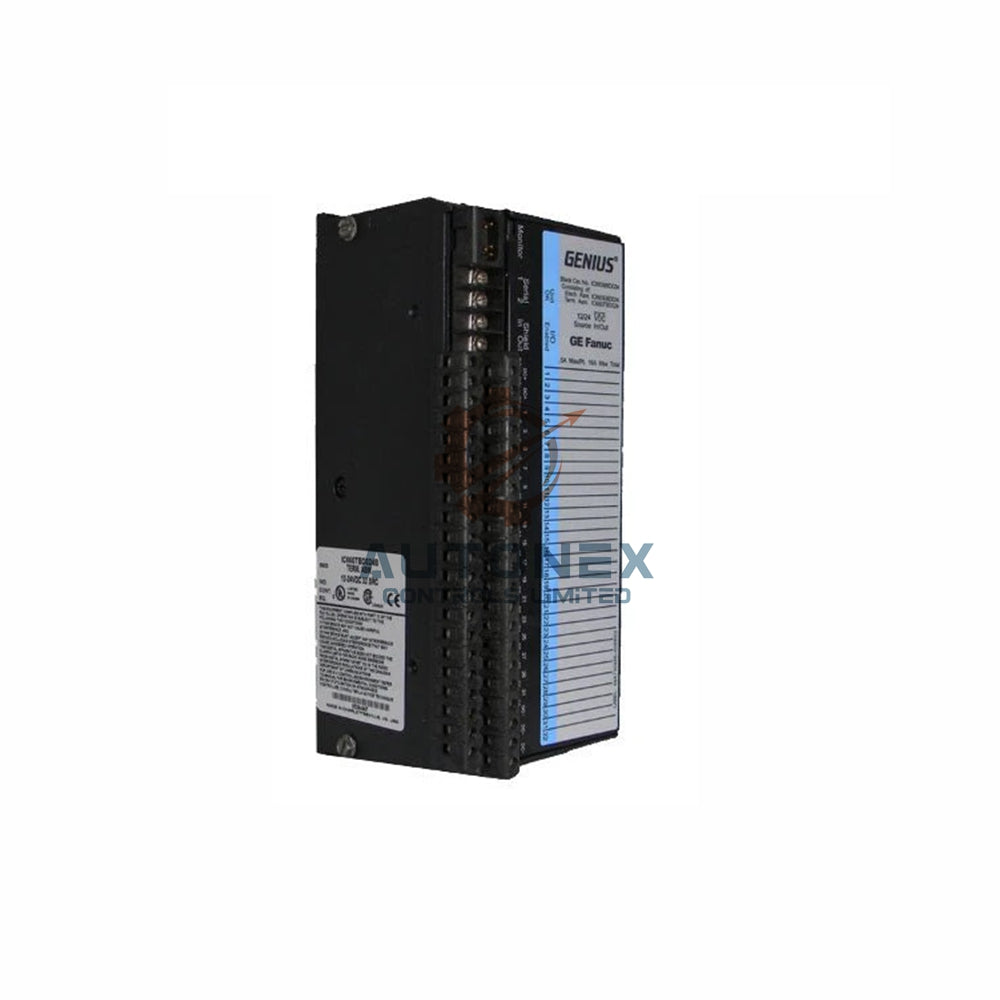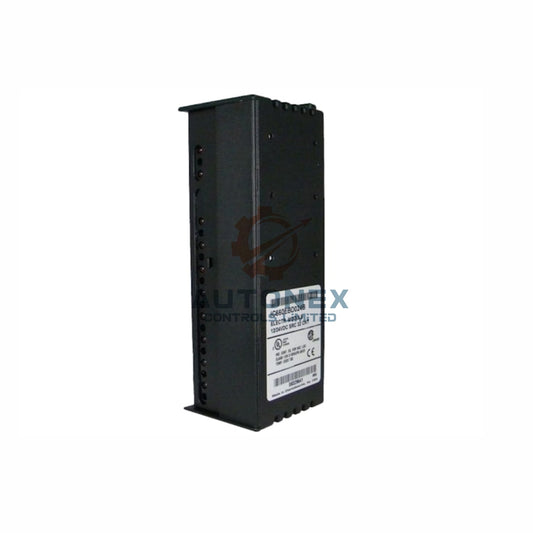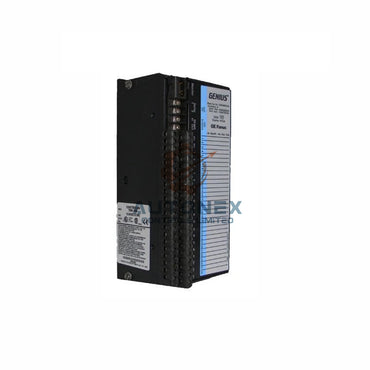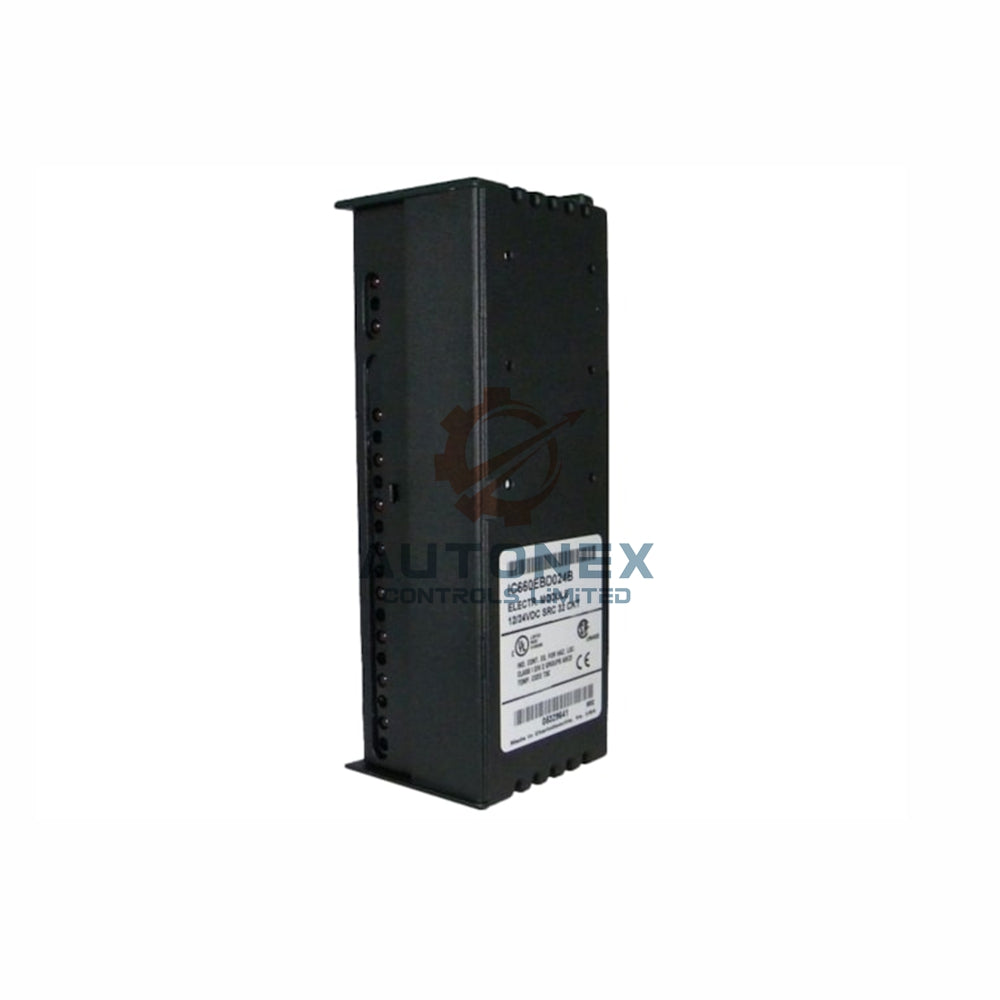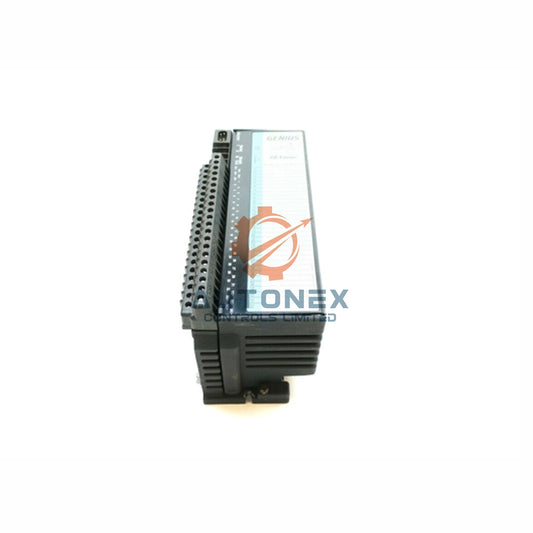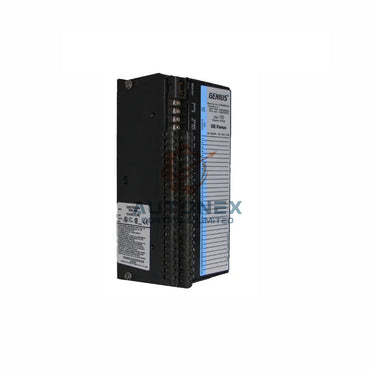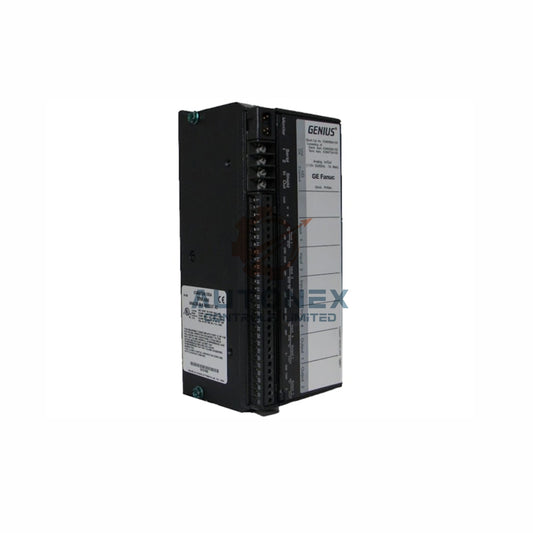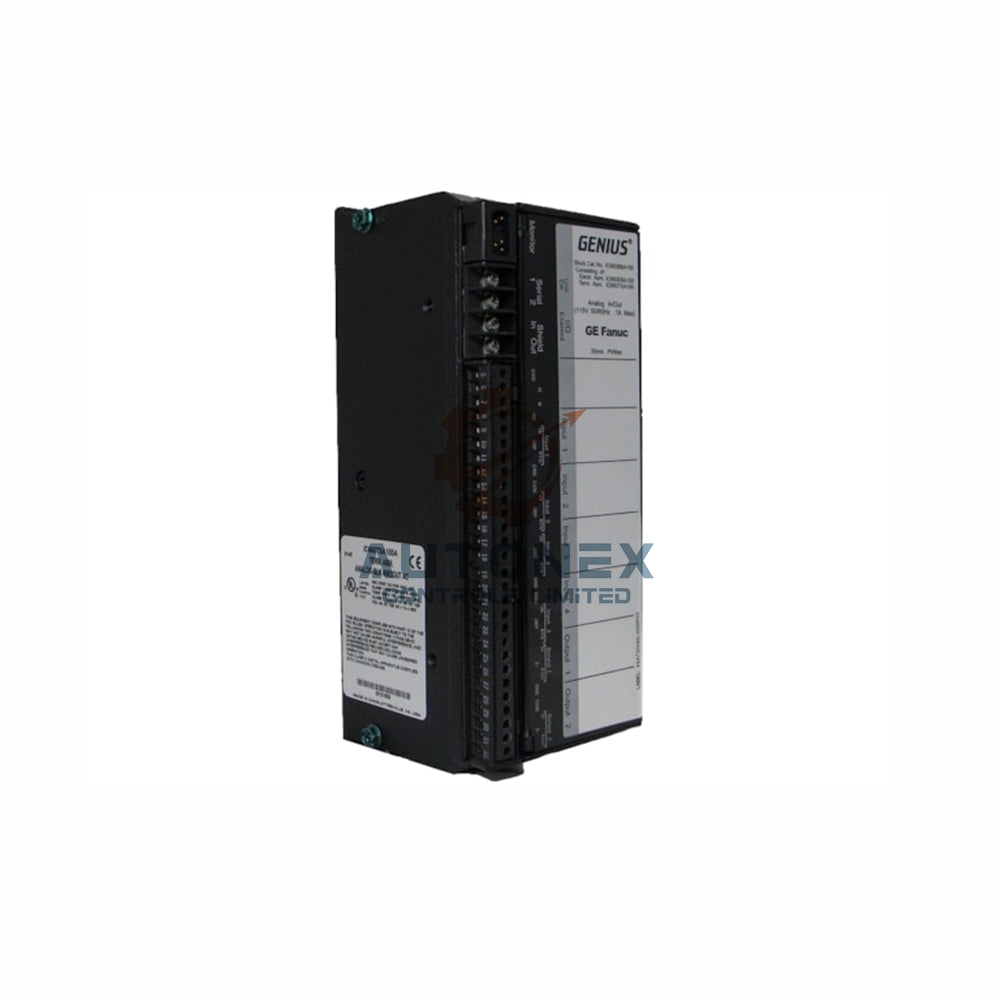Revolutionizing Industrial Maintenance: How Predictive Technology Delivers 40% Cost Reduction
Manufacturing facilities continue to struggle with unexpected equipment failures. Industry reports indicate these unplanned stoppages cost billions annually. Bently Nevada's advanced monitoring technology offers a transformative solution. Their systems can anticipate equipment issues weeks in advance with remarkable accuracy.
The Hidden Expenses of Traditional Maintenance Approaches
Conventional maintenance strategies create substantial financial burdens. Research confirms they escalate downtime expenses by over 80%. Emergency interventions typically triple normal maintenance costs. For instance, a simple component failure might initiate extensive secondary damage. Consequently, these unexpected costs severely impact operational budgets.

Advanced Monitoring Through Control System Integration
Bently Nevada's technology seamlessly connects with existing factory automation infrastructure. Their platforms analyze thousands of data measurements each minute. Vibration sensors identify minute imbalances with exceptional precision. Temperature sensors detect subtle thermal variations effectively. This comprehensive data collection enables highly reliable equipment forecasting.
Significant Operational Improvements in Processing Facilities
A major chemical processing facility achieved remarkable results recently. They deployed monitoring systems across numerous essential assets. Within one year, unexpected shutdowns reduced dramatically. This improvement restored millions in production value while cutting maintenance expenses substantially. The investment repaid itself in under twelve months.
Quantifying Returns from Predictive Maintenance Implementation
Organizations report impressive financial returns from this proactive approach. Emergency repair expenditures typically decrease by more than half. Critical equipment serves reliably for significantly longer periods. Medium-scale operations can save substantially while achieving exceptional operational availability.
Implementation Results Comparison
| Maintenance Approach | Downtime Reduction | Cost Savings | ROI Timeline |
|---|---|---|---|
| Traditional Reactive | 0% | 0% | N/A |
| Preventive Maintenance | 25-35% | 15-25% | 18-24 months |
| Predictive Technology | 60-80% | 35-45% | 8-12 months |
Effective Implementation Methodology
Successful adoption begins with careful assessment of priority equipment. System integration with existing control networks requires minimal downtime. Comprehensive training ensures technical teams can properly interpret system alerts. This structured approach ensures smooth operational transition.
Emerging Trends in Industrial Maintenance Technology
Artificial intelligence continues to enhance predictive capabilities significantly. Modern platforms now eliminate most false alerts efficiently. These technological advances make sophisticated maintenance solutions available to diverse operations. Therefore, early adoption provides competitive advantages in today's market.
Expert Implementation Recommendations
Based on industry experience, we recommend starting with critical process equipment. Focus initially on assets with highest failure impact. Ensure proper integration with existing PLC and DCS configurations. Additionally, establish clear response protocols for system-generated alerts. This methodology maximizes return on investment while building organizational confidence.

Future Industry Outlook
Maintenance technology continues evolving rapidly. Machine learning algorithms will soon provide even earlier equipment warnings. Furthermore, integration with industrial IoT platforms will enhance system capabilities. Companies embracing these technologies today will lead tomorrow's industrial landscape.
FAQs: Predictive Maintenance Solutions
What makes predictive maintenance superior to preventive approaches?
Predictive maintenance responds to actual equipment condition data. Conversely, preventive maintenance follows fixed schedules. This data-driven approach eliminates unnecessary maintenance activities. Therefore, it optimizes both resources and operational uptime.
How quickly can organizations typically see ROI?
Most facilities recover their investment within 12-18 months. Specific timelines depend on equipment criticality and implementation scale. However, many organizations report significant savings within the first year.
Does integration require replacing existing control systems?
Not necessarily. Modern solutions complement existing PLC and DCS infrastructure. They enhance current systems through additional monitoring capabilities. This preserves previous investments while adding advanced functionality.
What technical skills do maintenance teams need?
Teams require fundamental understanding of control systems operation. However, intuitive interfaces minimize additional training requirements. Most technicians become proficient within several weeks.
Can smaller facilities benefit from these solutions?
Absolutely. Recent technological advancements have improved affordability. Scalable solutions now accommodate various operation sizes. Even modest facilities can achieve substantial returns through targeted implementation.


